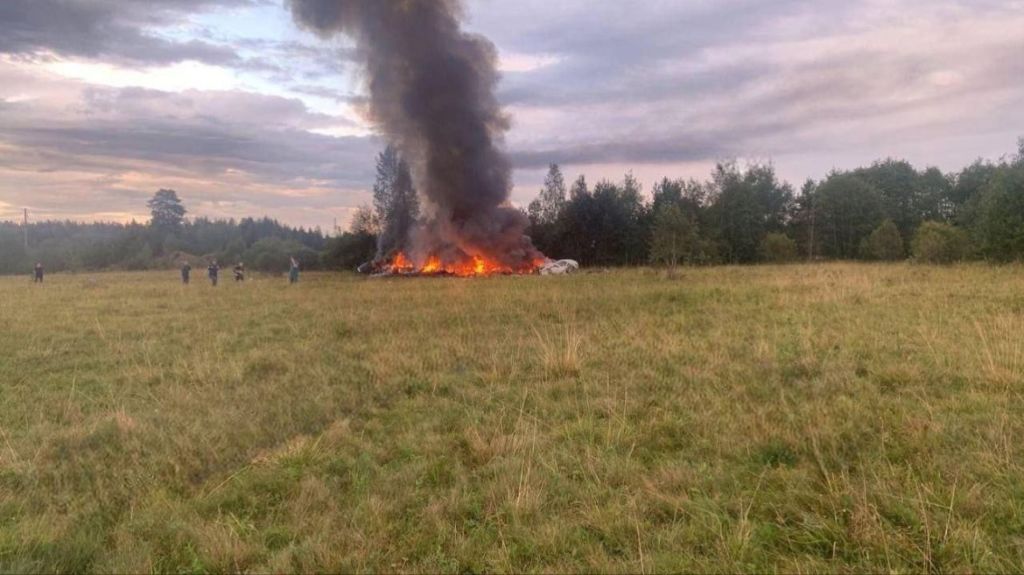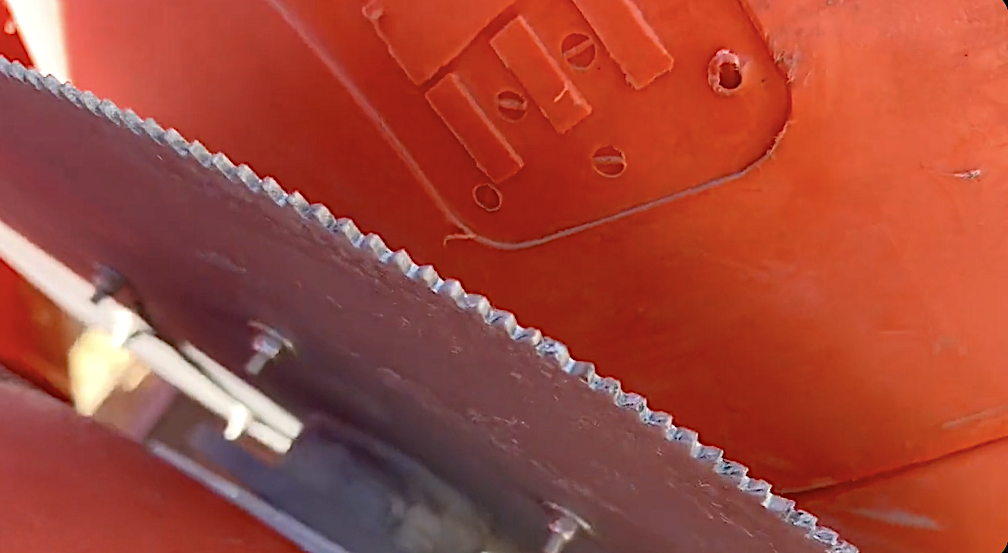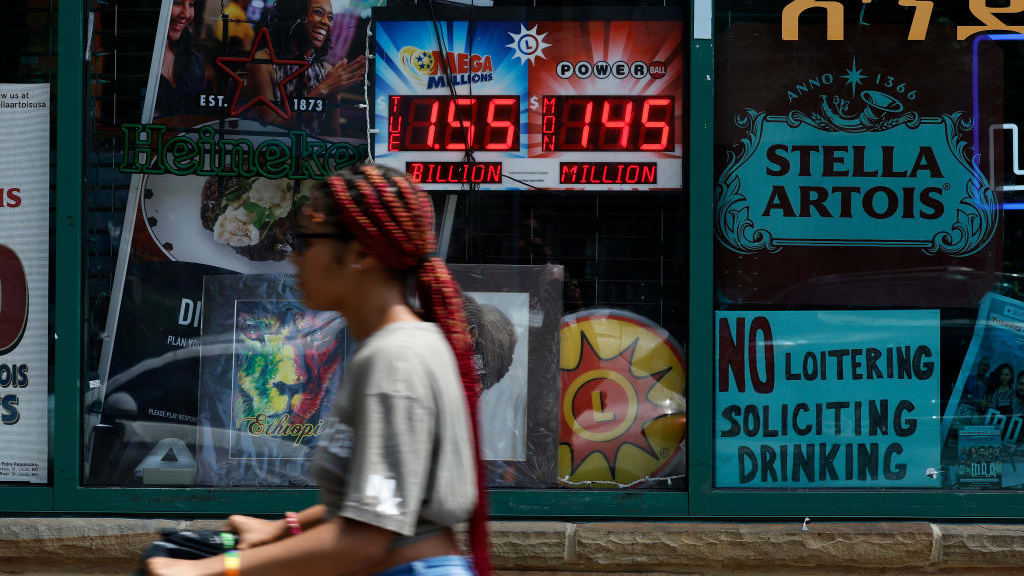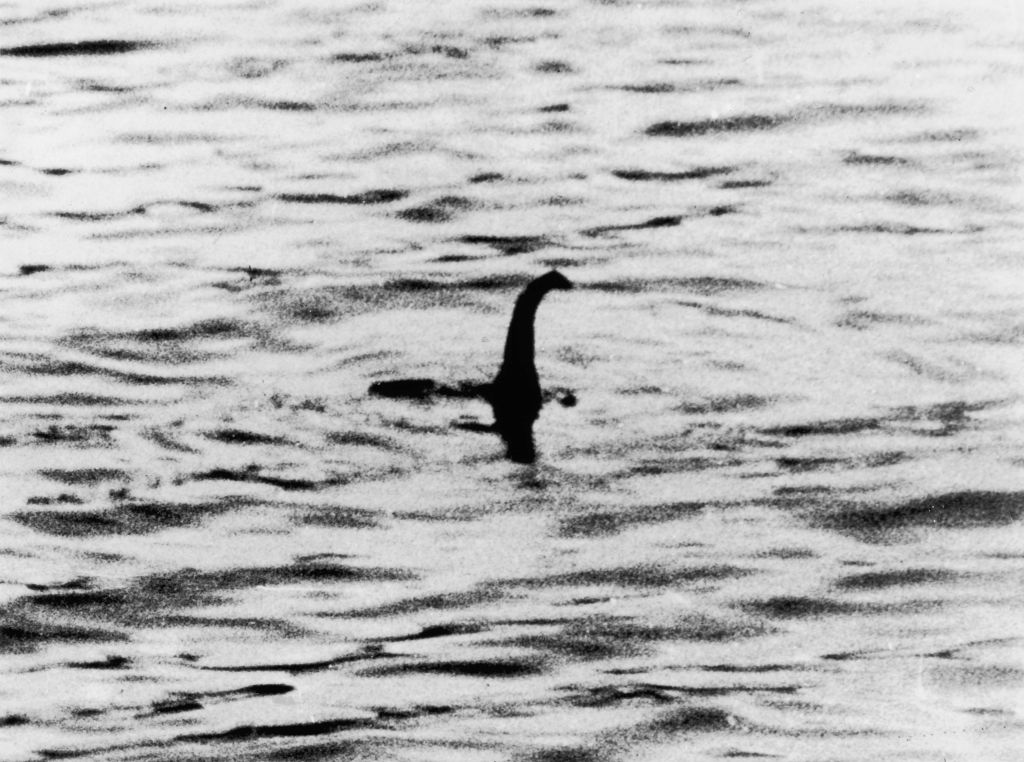The wreckage of the last slave ship to reach the U.S. may have been found

Taking advantage of the low water levels and cooler-than-normal temperatures, Ben Raines took his boat out on Alabama's Mobile-Tensaw River Delta on Jan. 2 and saw it sticking out of the mud "like a dinosaur backbone" — the wreckage of what he believes is the Clotilda, the last slave ship to reach the United States.
Raines, a reporter for AL.com, decided in September to find the Clotilda. Everyone knew the story of the ship, which brought slaves to Alabama decades after it was made illegal to import slaves, but no one was sure where it was. He'd been told the wreckage was visible in the early 1900s, and after reading historical accounts and talking with old-timers, he thought he'd figured out the vicinity of its final resting place. When Raines saw the starboard of a ship sticking out of the mud, he was excited, but remembering that the ship was likely used to transport 110 men, women, and children into slavery sobered him. "What a harrowing thing, in every way, to think about," he told the Los Angeles Times.
Alabama plantation owner Timothy Meaher had the Clotilda built to help him win a bet that he'd be able to bring in a ship filled with slaves and not get caught. When the ship arrived with the slaves in 1860, the Clotilda was set on fire to destroy the evidence. The slaves, set free at the end of the Civil War, ended up starting their own neighborhood in Mobile, Africatown, where they spoke their native language and used African farming techniques. The last survivor, Cujdo Lewis, died at 94 in 1935.
The Week
Escape your echo chamber. Get the facts behind the news, plus analysis from multiple perspectives.

Sign up for The Week's Free Newsletters
From our morning news briefing to a weekly Good News Newsletter, get the best of The Week delivered directly to your inbox.
From our morning news briefing to a weekly Good News Newsletter, get the best of The Week delivered directly to your inbox.
Raines has brought several experts and archaeologists to look at the ship, who agree the wreckage dates back to the mid-1800s and has signs of being burned. It still needs to be positively identified as the Clotilda, and before anyone can dig the ship up, the Alabama Historical Commission needs to grant permission. Catherine Garcia
A free daily email with the biggest news stories of the day – and the best features from TheWeek.com
Catherine Garcia has worked as a senior writer at The Week since 2014. Her writing and reporting have appeared in Entertainment Weekly, The New York Times, Wirecutter, NBC News and "The Book of Jezebel," among others. She's a graduate of the University of Redlands and the Columbia University Graduate School of Journalism.
-
 Political cartoons for December 14
Political cartoons for December 14Cartoons Sunday's political cartoons include a new White House flag, Venezuela negotiations, and more
-
 Heavenly spectacle in the wilds of Canada
Heavenly spectacle in the wilds of CanadaThe Week Recommends ‘Mind-bending’ outpost for spotting animals – and the northern lights
-
 Facial recognition: a revolution in policing
Facial recognition: a revolution in policingTalking Point All 43 police forces in England and Wales are set to be granted access, with those against calling for increasing safeguards on the technology
-
 Nobody seems surprised Wagner's Prigozhin died under suspicious circumstances
Nobody seems surprised Wagner's Prigozhin died under suspicious circumstancesSpeed Read
-
 Western mountain climbers allegedly left Pakistani porter to die on K2
Western mountain climbers allegedly left Pakistani porter to die on K2Speed Read
-
 'Circular saw blades' divide controversial Rio Grande buoys installed by Texas governor
'Circular saw blades' divide controversial Rio Grande buoys installed by Texas governorSpeed Read
-
 Los Angeles city workers stage 1-day walkout over labor conditions
Los Angeles city workers stage 1-day walkout over labor conditionsSpeed Read
-
 Mega Millions jackpot climbs to an estimated $1.55 billion
Mega Millions jackpot climbs to an estimated $1.55 billionSpeed Read
-
 Bangladesh dealing with worst dengue fever outbreak on record
Bangladesh dealing with worst dengue fever outbreak on recordSpeed Read
-
 Glacial outburst flooding in Juneau destroys homes
Glacial outburst flooding in Juneau destroys homesSpeed Read
-
 Scotland seeking 'monster hunters' to search for fabled Loch Ness creature
Scotland seeking 'monster hunters' to search for fabled Loch Ness creatureSpeed Read

